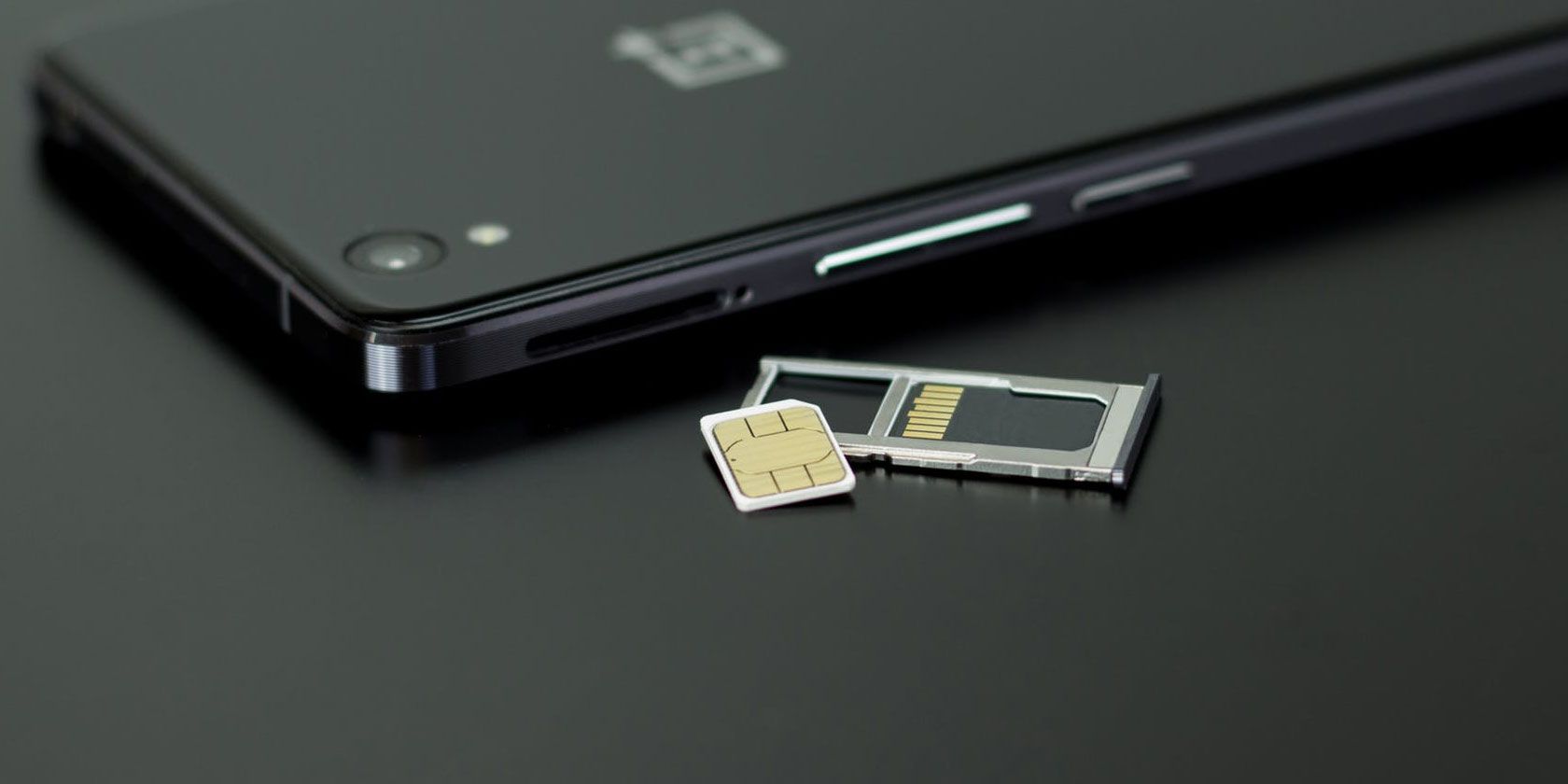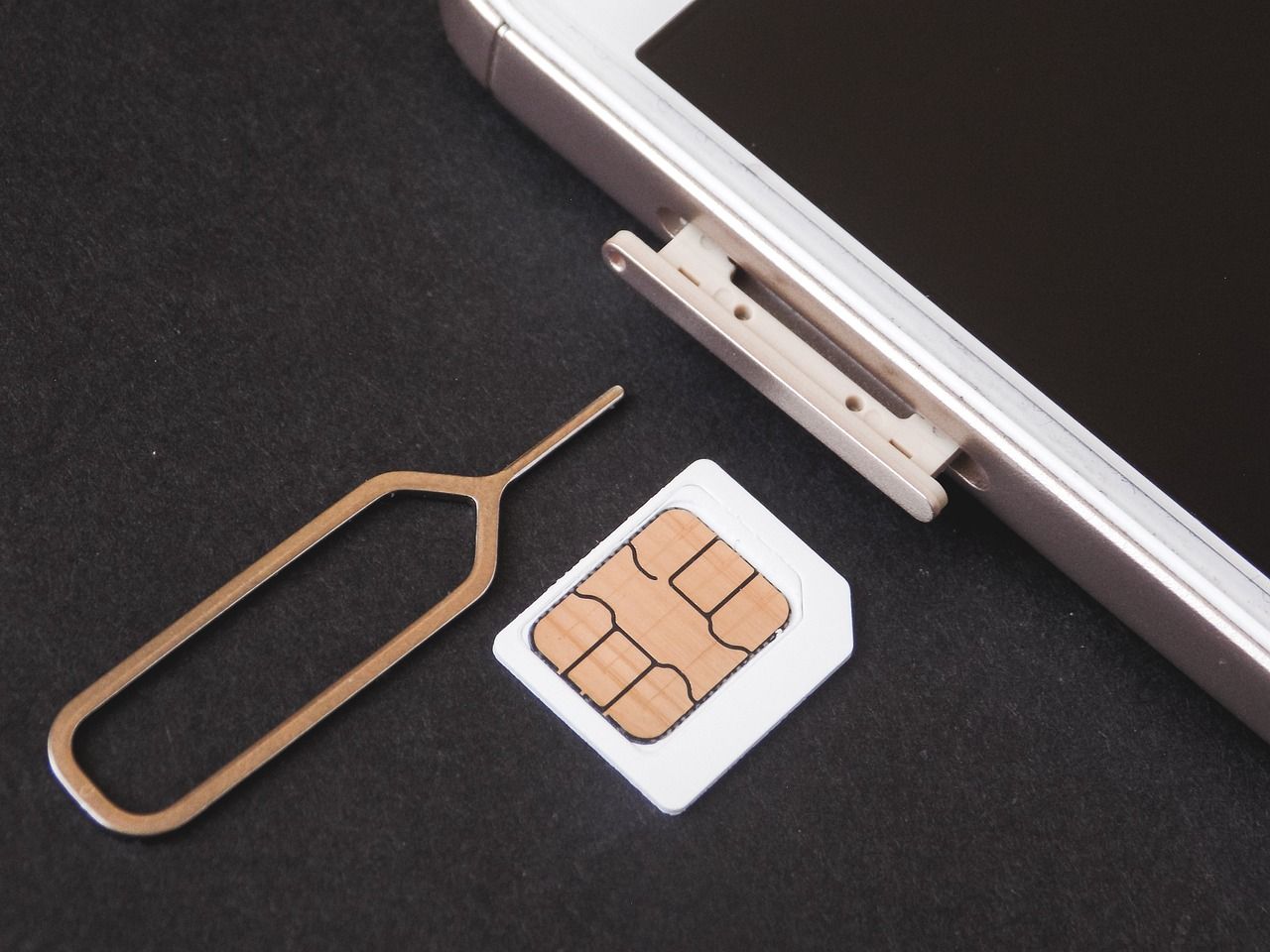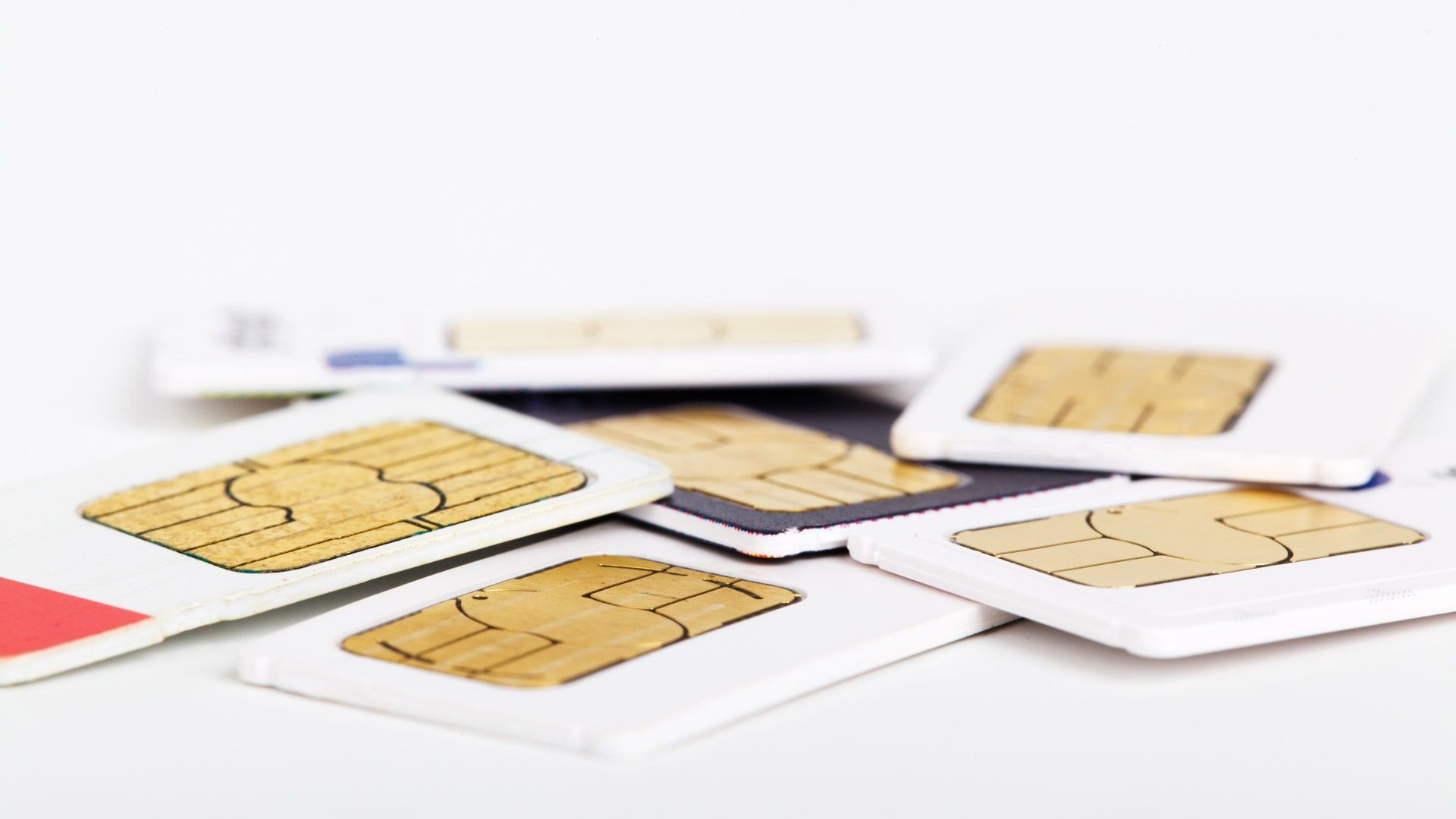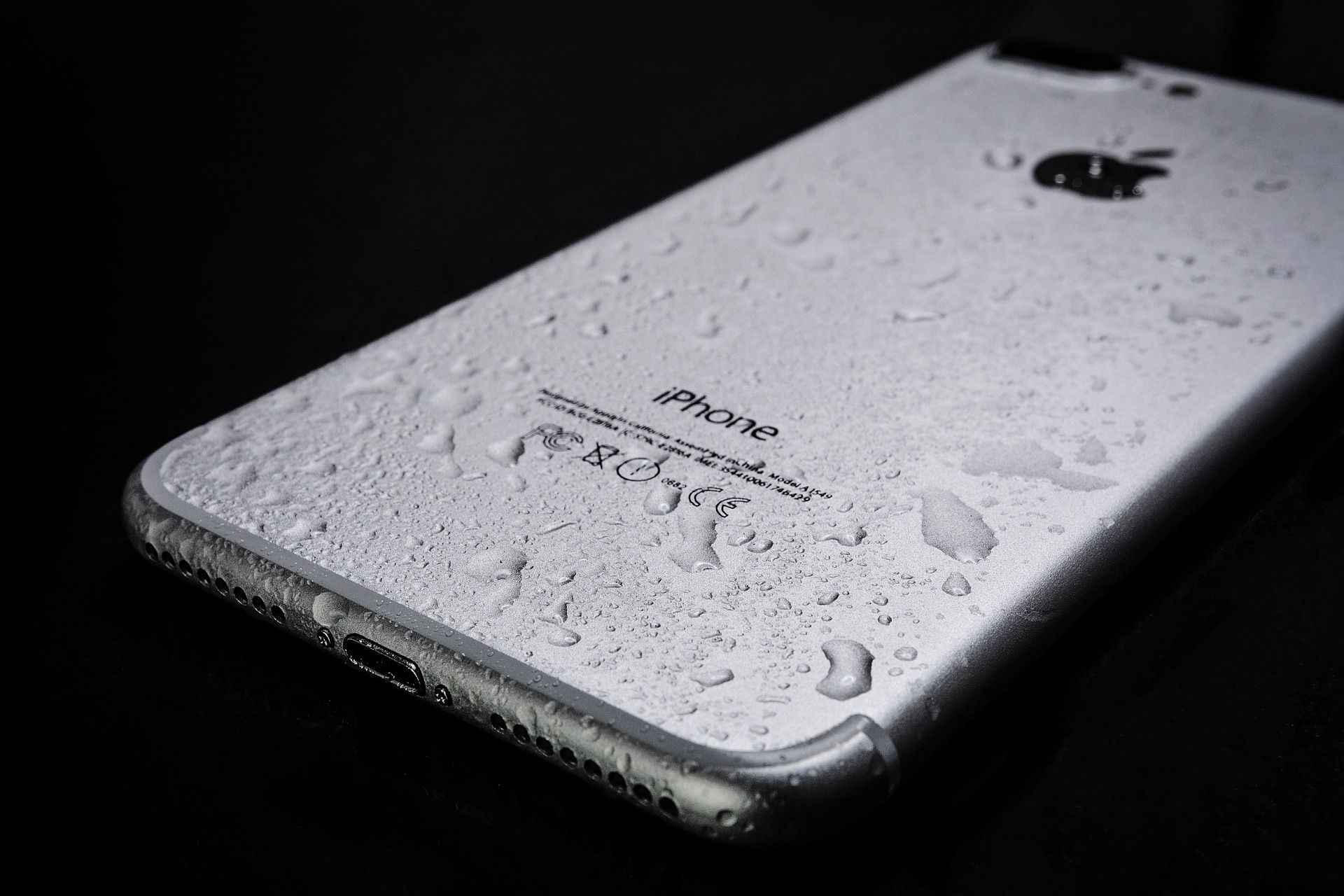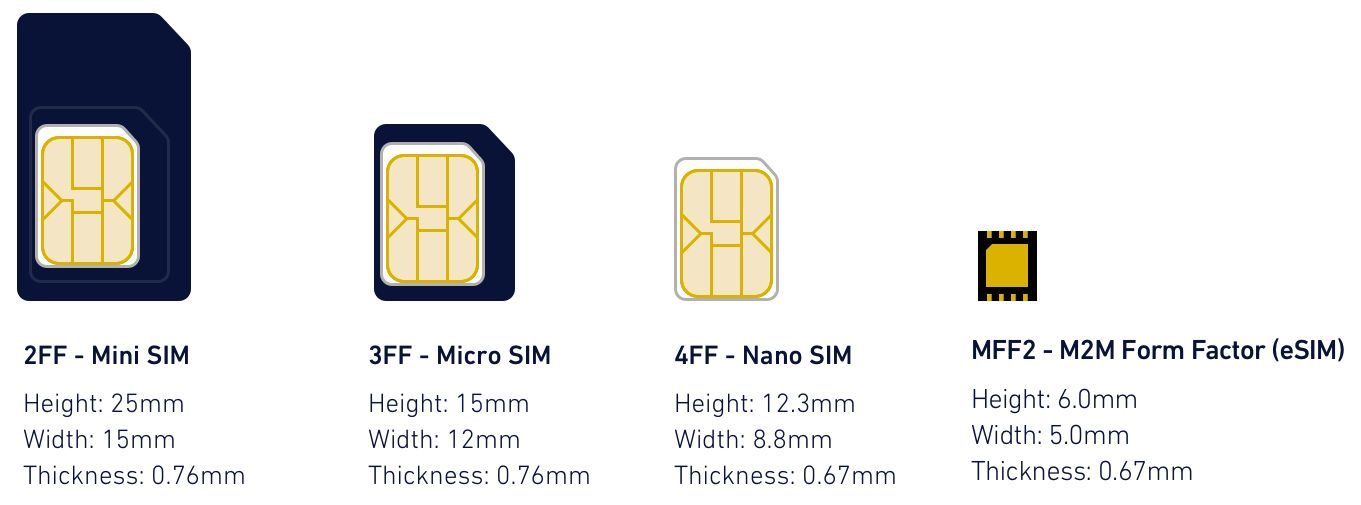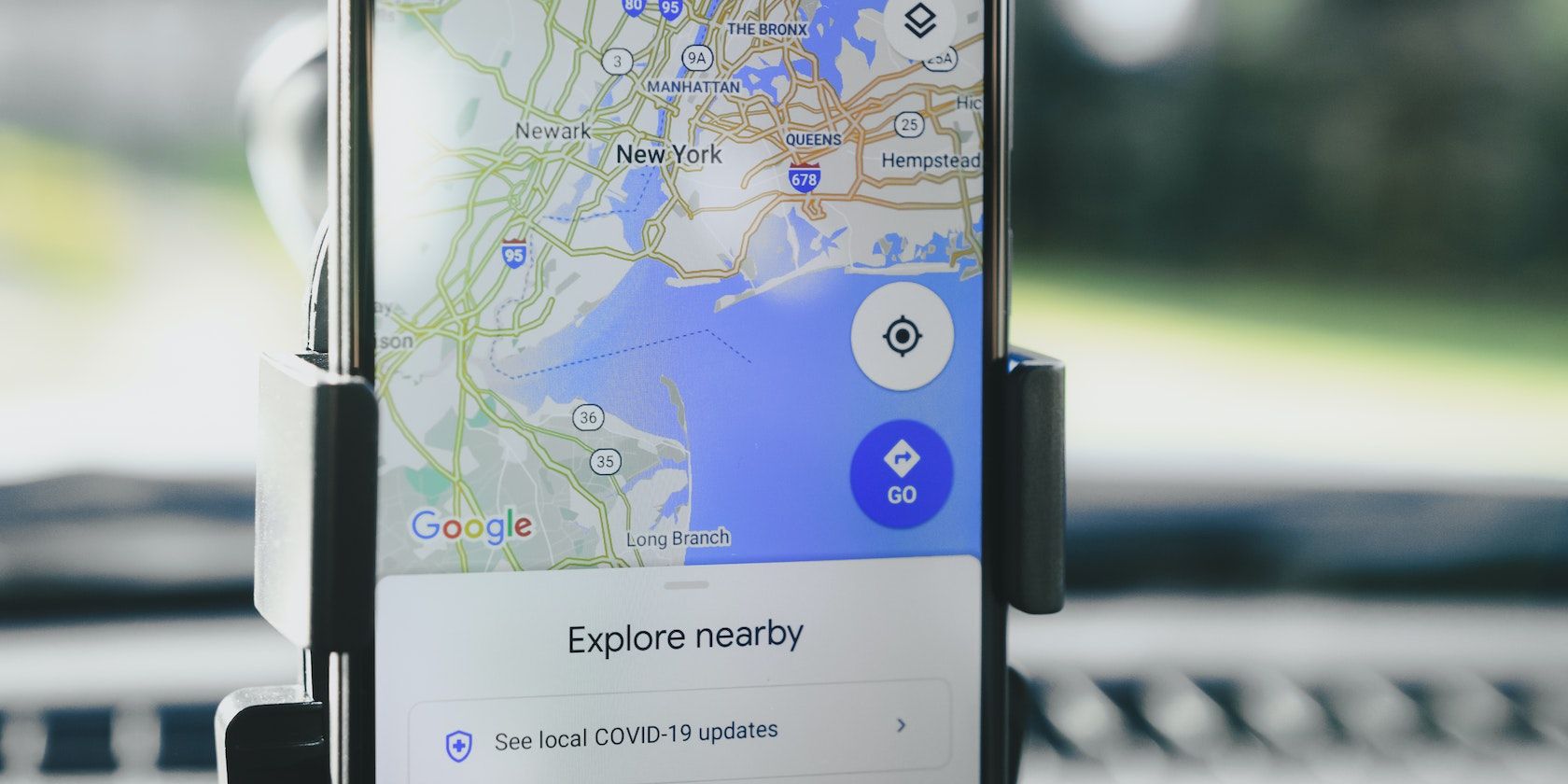Smartphone manufacturers are inching towards full-scale eSIM adoption. As a result, what was considered a future technology a few years ago is rapidly going mainstream.
Today, Apple's iPhone 14 models sold in the US rely solely on eSIM, completely eliminating the need for a traditional SIM card. Although Android phone manufacturers are more cautious in their approach, more and more Android brands are embracing eSIM technology.
But what's in it for the consumers? What does the average user get from using an eSIM smartphone? What are the advantages of eSIM? Let's take a look.
What's an eSIM?
An eSIM is an embedded SIM (Subscriber Identification Module) that stores information used to identify and authenticate subscribers using a telephony service. The emphasis here is on "embedded."
In other words, eSIM is much like your regular SIM, does a similar job, but is embedded like a chip on your smartphone's motherboard. However, unlike your physical SIM, which you can swap out, an eSIM is unremovable and part of your smartphone.
However, this does not mean you can't change an eSIM. You can. You just won't be popping your SIM tray to do it. Instead, a phone call to your carrier, scanning a QR code, or tweaking a few settings is all you'll need to change your eSIM.
Advantages of Using an eSIM Smartphone
So, when eSIM becomes the new normal, what should you expect? What are the standout benefits of getting an eSIM-compatible smartphone? Or maybe an eSIM-only smartphone?
1. Easier to Switch Carriers
One of the allures of eSIM-compatible devices is the ease of switching carriers. Although eSIM is embedded in a smartphone by manufacturers, its information is easily rewritable. It only takes a few simple steps to rewrite this information, making it possible to switch to the telephony data of the next available carrier.
This eliminates the wait time for a physical SIM or having to pop your SIM tray whenever you want to switch carriers.
But that's not all. According to Apple, over 400 carriers in 190 countries and regions support eSIM. This means international travelers will enjoy a seamless transition to local carriers while avoiding exorbitant roaming charges.
2. Own and Safely Store Multiple eSIMs
eSIM devices like the iPhone 14 can store up to eight eSIMs. While only two can be active simultaneously, you can own and store as many mobile numbers as you want. All you'd have to do is store them as a profile and switch to it whenever you like.
If you're wondering how owning more SIMs can benefit you, think of guaranteed coverage. In areas where you have poor coverage from certain carriers and stronger coverage from others, you'll feel better knowing you can easily switch to a carrier with better local reception.
Of course, it's also a perfect opportunity to make the best of all the best plans from multiple carriers. If one carrier has better voice plans and the other has better data plans, you can always switch to the carrier with the best offering for your needs. That's not all. You also get to keep your old number without the need to port to a new carrier whenever you want to switch carriers on your device.
3. Better Dust and Waterproof Rating
When Apple killed off the 3.5mm headphone jack on iPhones in 2016, it came with a lot of criticism. Years later, it turns out that ditching an extra port where water could slip into your smartphone was a no-brainer. It was one of the most important changes needed to create a truly waterproof device.
eSIM-only smartphones mean fewer holes on your smartphone, better protection from dust and moisture, and potentially one less cause of frequent breakdowns.
4. Occupies Less Physical Space on Smartphones
On smartphones, every inch of space makes a difference. An extra inch of space could be the difference between a manufacturer using a larger, better-performance battery or a smaller one with less capacity. eSIMs are very tiny chips, much smaller than a nano SIM. This means they'll take up much less space than your traditional SIM.
Consequently, eSIM-only devices free up additional space for manufacturers to work with. Although it's left to the manufacturer to decide what to do with the freed space, it could be a good opportunity to tuck in an extra chip, sensor, or a larger battery.
While this is still a theoretical assumption, there's a real possibility that eSIM-only devices might have noticeable improvements due to the freed-up sim tray compartment.
5. Ease of Tracking Your Device
Since eSIMs are not like traditional SIMs you can physically swap out, criminals will find it harder to get rid of your SIM if your device is stolen. This could potentially make a lost smartphone easier to track. Although this can be a double-edged sword due to the possibility of being used against you, it undoubtedly adds an extra layer of protection to your smartphone.
Which Smartphones Use eSIM?
Apple devices have the upper hand in terms of eSIM adoption. All iPhone 14 smartphones designed for the US market depend completely on eSIMs. Models built for non-US markets are eSIM compatible with options of using a physical SIM card. The smaller iPhone SE (2020 and 2022) and iPhone 11, XS, XR, 12, and 13 Series devices are all eSIM-compatible.
On the Android side, several Pixel and Samsung devices are eSIM-compatible. Every Pixel device, from the Pixel 2 to the Pixel 7 Pro, supports eSIMs. In addition, all Samsung Galaxy S20, S21, and S22 series smartphones support eSIM. The Samsung Flip and Fold series and the Note 20 series also offer eSIM support.
The Oppo Find X3, X3 Pro, X5, and X5 Pro all offer eSIM support. From Sony, the Sony Xperia 1 IV, Sony Xperia 5 IV, Sony Xperia 10 III Lite, and Sony Xperia 10 IV also offer eSIM support.
eSIM: Slow Adoption, Huge Potential
eSIM isn't entirely a fresh-off-the-boat technology. It's been around for a while now. However, despite its benefits, eSIM adoption has been rather slow due to reasons ranging from a lack of awareness among consumers to little interest from smartphone manufacturers.
With Apple's recent bold bet on eSIM adoption, more Android brands will almost certainly make similar bets. Like we've seen with the issue of ditching the headphone jack when Apple tests the waters and survives, Android manufacturers will almost certainly join in.

